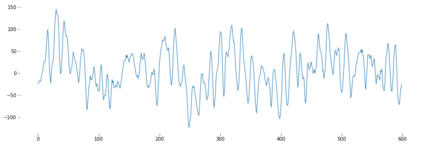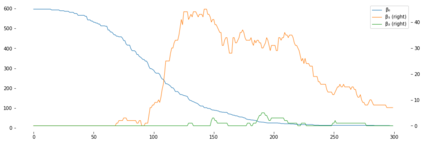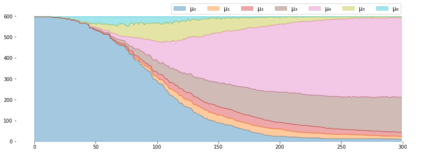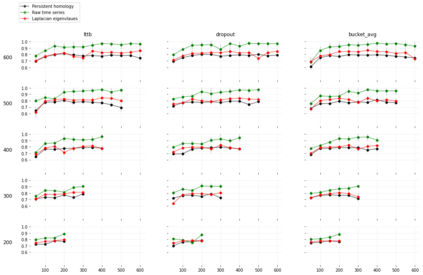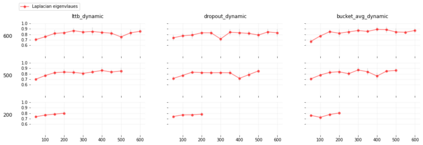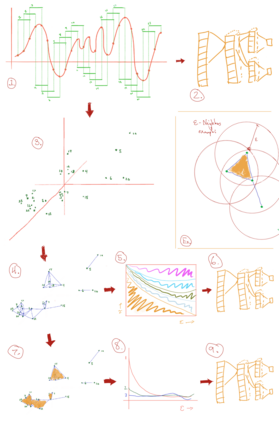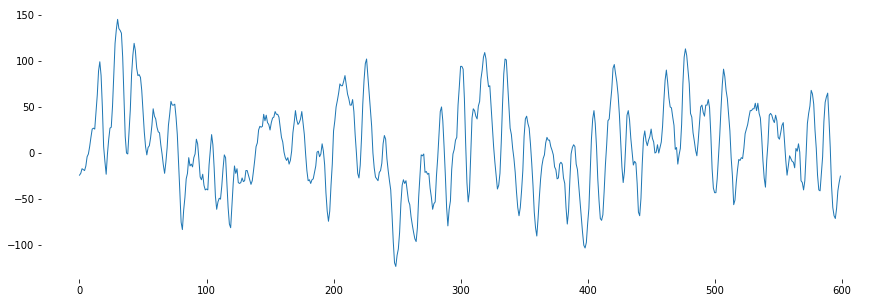We experimentally investigate a collection of feature engineering pipelines for use with a CNN for classifying eyes-open or eyes-closed from electroencephalogram (EEG) time-series from the Bonn dataset. Using the Takens' embedding--a geometric representation of time-series--we construct simplicial complexes from EEG data. We then compare $\epsilon$-series of Betti-numbers and $\epsilon$-series of graph spectra (a novel construction)--two topological invariants of the latent geometry from these complexes--to raw time series of the EEG to fill in a gap in the literature for benchmarking. These methods, inspired by Topological Data Analysis, are used for feature engineering to capture local geometry of the time-series. Additionally, we test these feature pipelines' robustness to downsampling and data reduction. This paper seeks to establish clearer expectations for both time-series classification via geometric features, and how CNNs for time-series respond to data of degraded resolution.
翻译:我们试验性地调查了一组地物工程管道,以便与CNN一起使用这些管道,对波恩数据集中电子脑图时间序列中的开放眼睛或闭眼睛进行分类。利用时间序列-我们从 EEG 数据中构建的简化综合体的嵌入-几何表示时间序列-我们从时间序列数据中建立模拟综合体。然后,我们用美元来比较贝蒂数字系列和美元-塞隆元的图形光谱系列(一种新型构造)-两组从EEG的这些复合到原始时间序列中潜在几何学的地形变异性,以填补基准文献中的空白。这些方法在地形数据分析的启发下,用于地貌工程,以捕捉时间序列的当地几何测量。此外,我们测试这些特征管道的坚固度,以缩小和减少数据。本文试图确定对通过几何特征进行的时间序列分类的更明确期望,以及CNN对时间序列如何对退化分辨率数据作出反应。

